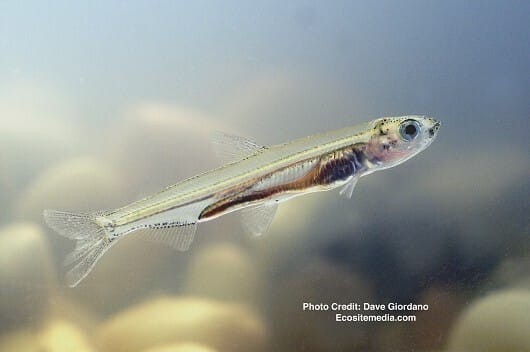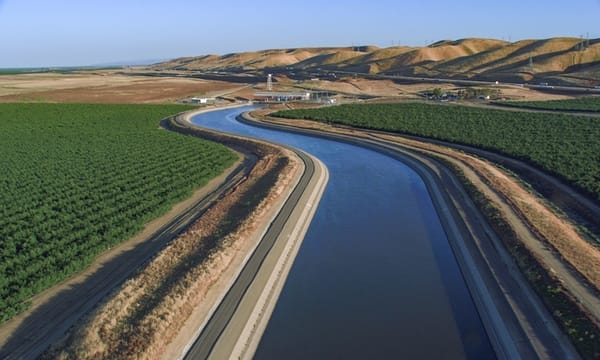Federal Government Restores Funding for Delta Smelt Captive Breeding Program
No details were released on what transpired to get the Bureau to renew the funding after the contract expired.

No details were released on what transpired to get the Bureau to renew the funding after the contract expired.


Not surprisingly, none of the five-member Elk Grove City Council - Mayor Bobbie Singh-Allen, Vice Mayor Sergio Robles, and Councilmen Rod Brewer, Keven Spease, and Darren Suen - live on the wrong side of the tracks

A sad day 30 years ago today.

The petitioners – the San Francisco Baykeeper, Restore the Delta, Delta counties and agencies, among others – vigorously opposed DWR’s motion.

While the former president's economic policy had its share of critics, Biden's policies offered businesses and the economy a degree of orthodoxy.